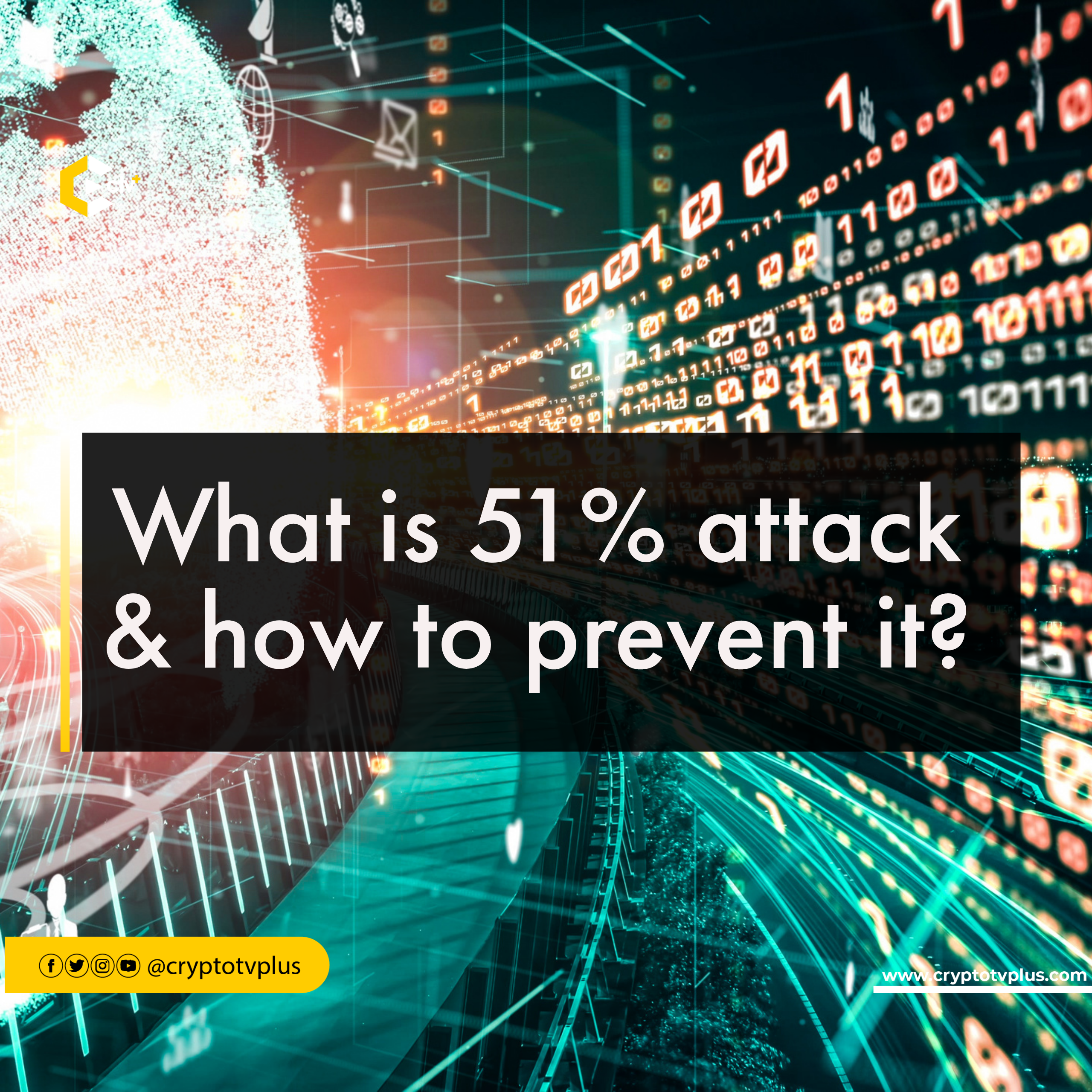FEATURED
51% attack: what is it & how to prevent it?

The rise of blockchain technology has disrupted industries and increased the security and decentralization of transactions. Although this innovation is groundbreaking, it’s not fool-proof and there are potential vulnerabilities. Most notably, the infamous 51% attack poses a real threat to the integrity and reliability of blockchain networks. This article will explore the concept of a 51% attack, highlight real-world examples, and discuss potential solutions to mitigate this risk.
What is a 51% Attack? Mechanics & double-spend problem
A 51% attack, also known as a majority attack, is a serious problem in the world of blockchain. It occurs when an individual or a group of miners gain control of more than half of the network’s computing power. This puts them in a position of power that allows them to manipulate and control the blockchain’s operations and transactions. The implications of such an attack can be devastating, as it undermines the very essence of blockchain technology, which is supposed to be decentralized and secure. With control over more than half of the network’s computing power, an attacker can rewrite transaction history, preventing new transactions from being confirmed. The main objective of such an attack is often to execute double spending. By controlling the majority of the network’s computational power, attackers can spend their cryptocurrency twice, essentially invalidating previous transactions. This can cause significant financial losses to users and impact the credibility of the blockchain network.
Real-World Examples:
A. Bitcoin Gold (BTG) Attack:
In May 2018, the Bitcoin Gold network fell victim to a 51% attack. Hackers gained control over more than 51% of the network’s hashing power, allowing them to modify transactions enabling them to steal money from exchanges worth $18 million. In 2020, it was again the subject of another 51% attack causing 29 blocks to be removed in two deep blockchain reorganizations (reorgs) which resulted in the loss of $70,000 in Bitcoin Gold coin.
B. Ethereum Classic (ETC) Attack:
The Ethereum Classic network has been a target of malicious attacks. In January 2019, the blockchain was reorganized by attackers, resulting in double-spending of $1.1 million worth of ETC. The Ethereum Classic team implemented network upgrades, including a variation of the PoW consensus algorithm, ECIP-1049 Keccak256, in response. Unfortunately, these efforts were not enough to protect the network from further attacks. In 2020, the network suffered four attacks between August and October, costing users millions of dollars.
How to mitigate 51% Attack
A. Increasing Network Hashrate:
An effective strategy to prevent a 51% attack is to increase the overall hashrate of the blockchain network. This can be achieved by attracting more miners and distributing computing power among a larger number of participants. By doing so, it becomes increasingly challenging for any individual or group to gain majority control. This is because a 51% attack requires a single entity to control more than half of the network’s computing power, which becomes difficult when the network has a higher overall hashrate. By expanding the number of participants, the network becomes more decentralized, secure, and resistant to attacks.
B. Proof-of-Stake (PoS) Consensus Mechanism:
By implementing a Proof-of-Stake consensus mechanism, the risk of 51% attacks can be significantly mitigated. Unlike Proof-of-Work (PoW) systems that rely on computational power, PoS depends on the ownership of the network’s native token. As a result, it becomes economically infeasible for attackers to control most of the network’s resources. This makes PoS a more secure and efficient system, particularly in the context of cryptocurrency mining and transaction validation.
C. Network Governance and Vigilance:
Blockchain networks require effective governance structures and continuous monitoring to detect and respond to any suspicious activities promptly. Ensuring the security and integrity of these networks is critical, and regular audits, bug bounties, and community involvement can help achieve this goal. By engaging the community in the network’s development and maintenance, blockchain networks can benefit from a diverse range of perspectives and expertise. These measures help to build trust in the network and provide a solid foundation for continued growth and success.
Conclusion
Blockchain technology has the potential to revolutionize various industries, from finance to healthcare, by enabling secure and transparent transactions without intermediaries. However, to fully realize its potential, we must address the vulnerabilities that could compromise its core principles, such as decentralization and trustlessness. One of the most significant threats to blockchain networks is the 51% attack, which enables attackers to control the majority of the network’s computing power and potentially manipulate transactions. To mitigate this risk, we can take measures such as enhancing network hashrate, implementing PoS consensus, and maintaining robust network governance. By doing so, we can strengthen blockchain networks against malicious activities and ensure the security and trustworthiness of decentralized systems. Ultimately, this will enable us to continue harnessing the advantages of blockchain technology and drive innovation in various industries.
Read also: Grayscale Investments faces SEC scrutiny over Filecoin Trust registration

























Pingback: 51% attack: what is it & how to prevent it? by Marvelous Akpere – CryptoTvplus Events: NFT, DeFi, Bitcoin, Ethereum, Altcoin Events